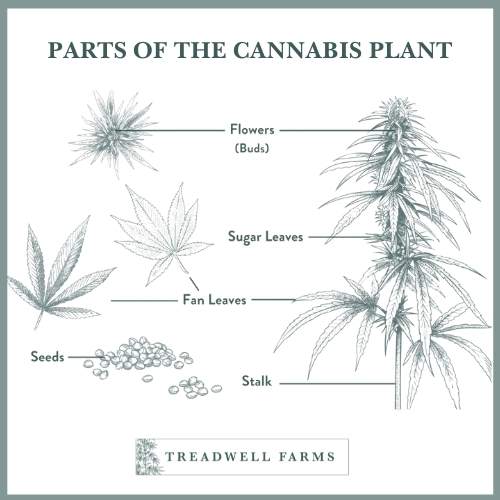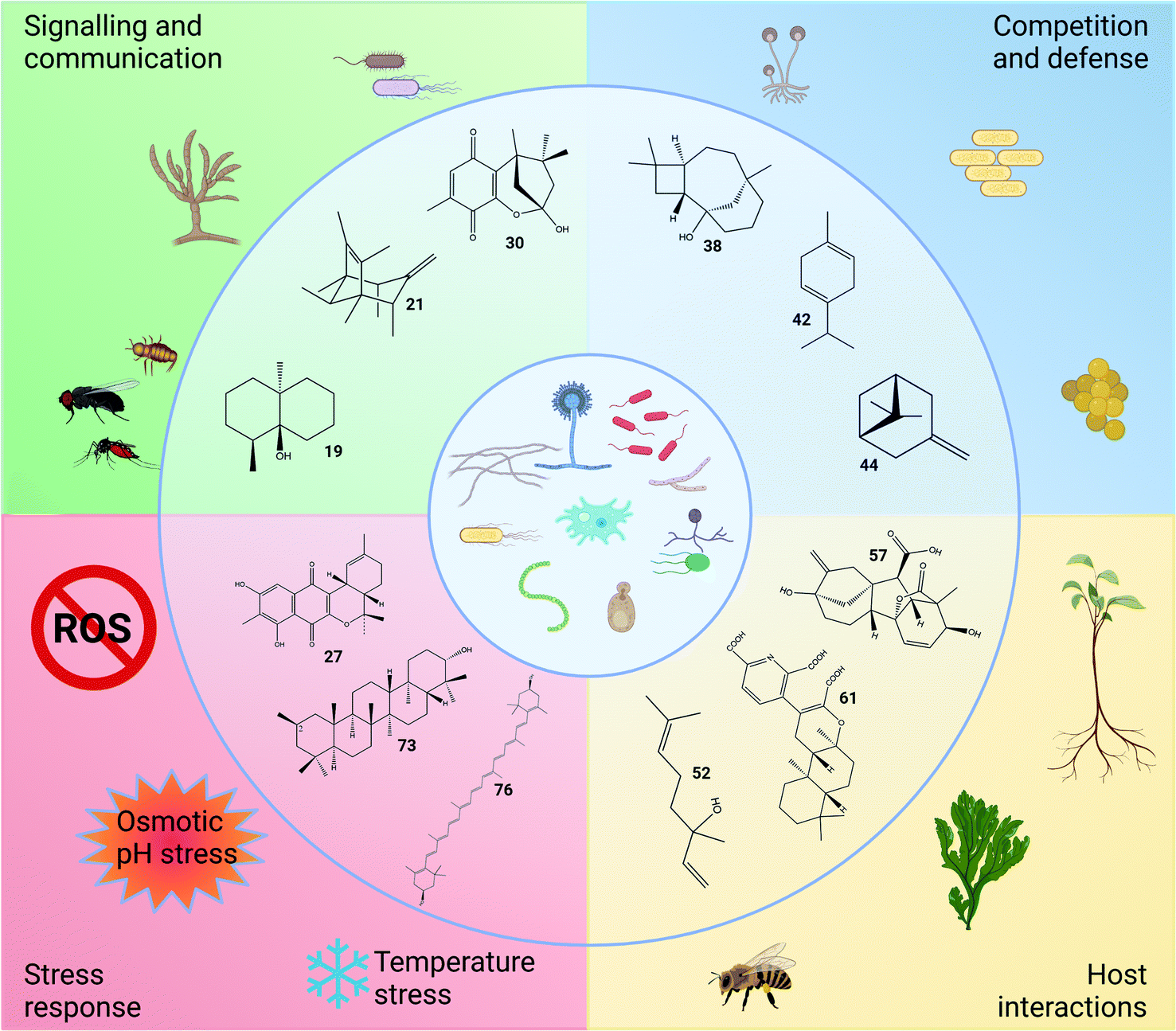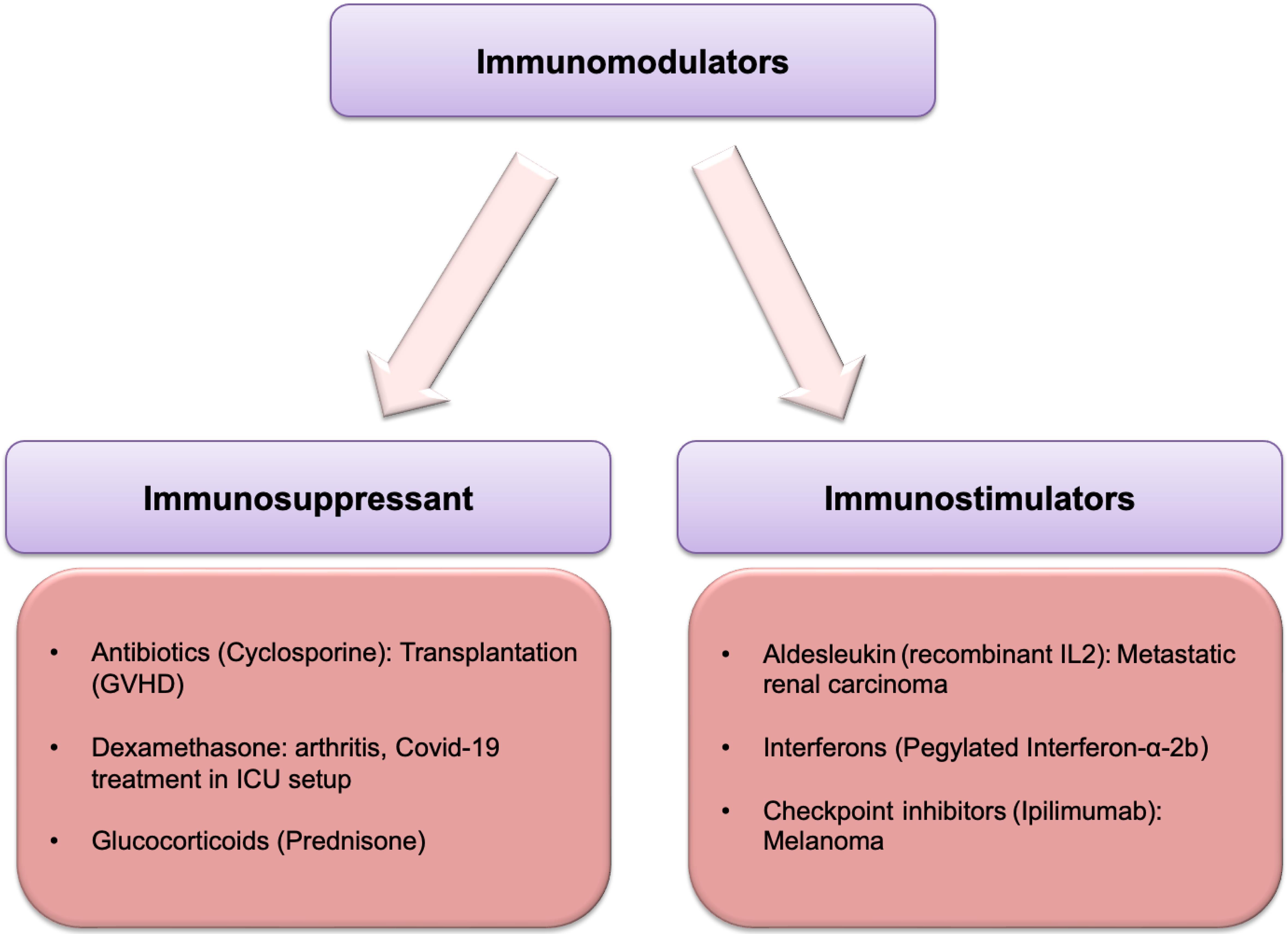Terpenes' role in plant protection. Four critical functions of
4.9 (800) · € 20.99 · En Stock
Download scientific diagram | Terpenes' role in plant protection. Four critical functions of terpenes in plant protection: (a) insecticidal role of terpenes, (b) antimicrobial activities of terpenes against rice blast disease and Fusarium head blight, and (c) allelopathy of root exudates of plants. Momilactone B inhibits the growth and development of Monochoria vaginalis. (d) Terpenes indirectly attract natural enemies of pests, e.g., (E)-β-caryophyllene attracts entomopathogenic nematodes on corn root borer. (Structures were drawn and analyzed with ChemDraw software, version 20.0.0.41, and uploaded on BioRender.com to create the illustration). from publication: Biochemistry of Terpenes and Recent Advances in Plant Protection | Biodiversity is adversely affected by the growing levels of synthetic chemicals released into the environment due to agricultural activities. This has been the driving force for embracing sustainable agriculture. Plant secondary metabolites offer promising alternatives for | Terpenes, Biosynthesis and Secondary Metabolites | ResearchGate, the professional network for scientists.

Parts of the Cannabis Plant: Unique Attributes and Uses Abound

Terpene - Wikipedia

Advances in Pharmacological Activities of Terpenoids - Wenqiang

Plant secondary metabolites: a key driver of litter decomposition

Evolution of the Cannabinoid and Terpene Content during the Growth

Full article: Terpenoid Secondary Metabolites in Bryophytes

Biosynthesis, evolution and ecology of microbial terpenoids

Isopulegol Terpene: In And out of Peppermint Leaves – True Blue

Terpenes in beer

Plant-based Immunomodulators and Their Potential Therapeutic Actions

Terpene - Wikipedia

The Role of Botany and Plant Physiology in Cannabis Testing












/product/60/373446/1.jpg?8783)